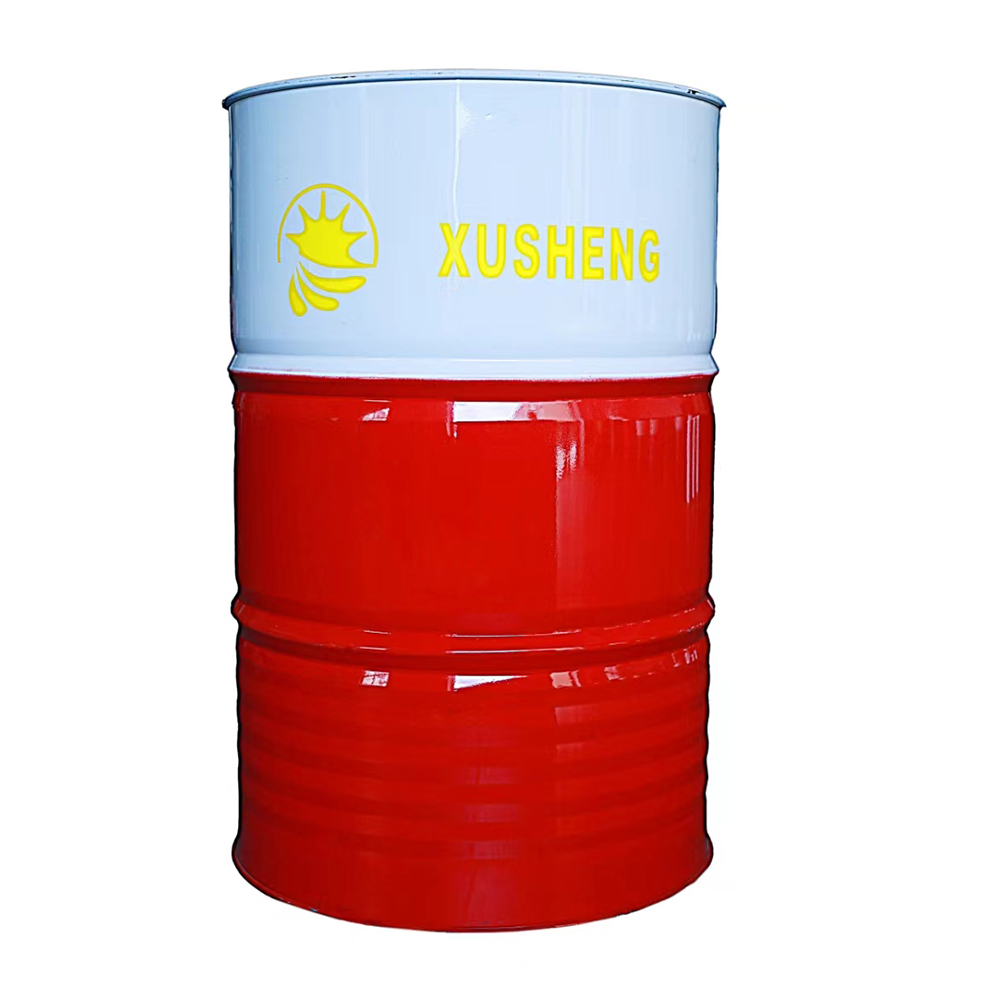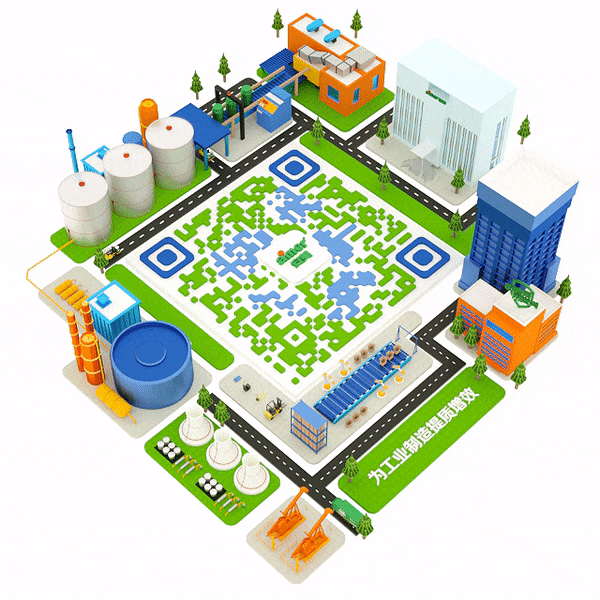
Dehydration replacement rust inhibitor P3
产品应用:
1、脱水置换防锈剂由环保溶剂与多种特效防锈添加剂精制而成,施于金属表面之后,溶剂挥发而剩下一层均匀防锈膜。广泛用于钢铁件较长时间的防锈保护。
2、产品具有较好的人汗及水置换性能,对黑色金属和有色金属有着优秀的防腐性能,并具有涂层薄、使用方便、易于去除等特点。防锈周期长达9-12个月。
产品介绍
Performance advantages:
1. Water displacement type: can quickly remove the water film on the surface of metal parts and attach a layer of anti-rust film on it to protect the metal from corrosion.
2. Low viscosity: has strong permeability and rust resistance, can be used for small hardware parts.
3. Low cost: low cost per unit area.
4. Easy to clean: a transparent oily film is formed on the metal surface, which can be easily washed off with petroleum solvents or kerosene.
Main Application:
1. Mainly used for removing water film and rust prevention on metal surfaces between processes, and is more ideal for the subsequent processing of steel products processed with water-soluble cutting fluids.
2. Widely used for long-term rust prevention of steel parts.
Precautions:
1. This series includes P3 and P3A, of which P3 is not suitable for copper materials and hot and humid environments, and P3A is not suitable for salt spray environments.
2. Immerse the metal parts with water directly into the dehydrating oil for about 1-3 minutes, and vibrate the parts continuously. For parts with pores, blind holes, and inner cavities, they should be shaken to completely dehydrate.
3. The bottom of the oil immersion tank should be designed to be conical, and a valve should be installed at the bottom to discharge the accumulated water at any time. At the same time, a movable metal net should be installed 10cm away from the bottom of the high oil tank to prevent metal parts from touching the accumulated water, ensuring the dehydration and anti-rust effect.
4. If the water droplets are shaken off first and then dehydrated, the effect will be more ideal.
Typical data:
40℃ viscosity mm²/s | 3.5-4.5 |
Main component | Mineral oil, solvent, water |
Appearance | Yellow transparent liquid |
Process requirements | Anti-emulsifying type |
Anti-rust period (months) | 12 |
Melting point (℃) | ≤-20 |
Boiling point (℃) | 190-240 |
Relative density (water, g/ml³) | 0.8514±0.02 |
Flash point (℃) | 70 |
Autoignition point (℃) | >300 |
Oil film requirements | Water replacement type |
Artifact type | Precision parts |
Copper corrosion 100℃ | ≤1 |
Salt spray test 45# steel, hours | 18 |
Wet heat test 45# Steel, Sky | ≥10 |
Dehydration replacement rust inhibitor P3
{/pboot:if} {pboot:if('Performance advantages:
1. Water displacement type: can quickly remove the water film on the surface of metal parts and attach a layer of anti-rust film on it to protect the metal from corrosion.
2. Low viscosity: has strong permeability and rust resistance, can be used for small hardware parts.
3. Low cost: low cost per unit area.
4. Easy to clean: a transparent oily film is formed on the metal surface, which can be easily washed off with petroleum solvents or kerosene.
Main Application:
1. Mainly used for removing water film and rust prevention on metal surfaces between processes, and is more ideal for the subsequent processing of steel products processed with water-soluble cutting fluids.
2. Widely used for long-term rust prevention of steel parts.
Precautions:
1. This series includes P3 and P3A, of which P3 is not suitable for copper materials and hot and humid environments, and P3A is not suitable for salt spray environments.
2. Immerse the metal parts with water directly into the dehydrating oil for about 1-3 minutes, and vibrate the parts continuously. For parts with pores, blind holes, and inner cavities, they should be shaken to completely dehydrate.
3. The bottom of the oil immersion tank should be designed to be conical, and a valve should be installed at the bottom to discharge the accumulated water at any time. At the same time, a movable metal net should be installed 10cm away from the bottom of the high oil tank to prevent metal parts from touching the accumulated water, ensuring the dehydration and anti-rust effect.
4. If the water droplets are shaken off first and then dehydrated, the effect will be more ideal.
Typical data:
40℃ viscosity mm²/s | 3.5-4.5 |
Main component | Mineral oil, solvent, water |
Appearance | Yellow transparent liquid |
Process requirements | Anti-emulsifying type |
Anti-rust period (months) | 12 |
Melting point (℃) | ≤-20 |
Boiling point (℃) | 190-240 |
Relative density (water, g/ml³) | 0.8514±0.02 |
Flash point (℃) | 70 |
Autoignition point (℃) | >300 |
Oil film requirements | Water replacement type |
Artifact type | Precision parts |
Copper corrosion 100℃ | ≤1 |
Salt spray test 45# steel, hours | 18 |
Wet heat test 45# Steel, Sky | ≥10 |

Performance advantages:
1. Water displacement type: can quickly remove the water film on the surface of metal parts and attach a layer of anti-rust film on it to protect the metal from corrosion.
2. Low viscosity: has strong permeability and rust resistance, can be used for small hardware parts.
3. Low cost: low cost per unit area.
4. Easy to clean: a transparent oily film is formed on the metal surface, which can be easily washed off with petroleum solvents or kerosene.
Main Application:
1. Mainly used for removing water film and rust prevention on metal surfaces between processes, and is more ideal for the subsequent processing of steel products processed with water-soluble cutting fluids.
2. Widely used for long-term rust prevention of steel parts.
Precautions:
1. This series includes P3 and P3A, of which P3 is not suitable for copper materials and hot and humid environments, and P3A is not suitable for salt spray environments.
2. Immerse the metal parts with water directly into the dehydrating oil for about 1-3 minutes, and vibrate the parts continuously. For parts with pores, blind holes, and inner cavities, they should be shaken to completely dehydrate.
3. The bottom of the oil immersion tank should be designed to be conical, and a valve should be installed at the bottom to discharge the accumulated water at any time. At the same time, a movable metal net should be installed 10cm away from the bottom of the high oil tank to prevent metal parts from touching the accumulated water, ensuring the dehydration and anti-rust effect.
4. If the water droplets are shaken off first and then dehydrated, the effect will be more ideal.
Typical data:
40℃ viscosity mm²/s | 3.5-4.5 |
Main component | Mineral oil, solvent, water |
Appearance | Yellow transparent liquid |
Process requirements | Anti-emulsifying type |
Anti-rust period (months) | 12 |
Melting point (℃) | ≤-20 |
Boiling point (℃) | 190-240 |
Relative density (water, g/ml³) | 0.8514±0.02 |
Flash point (℃) | 70 |
Autoignition point (℃) | >300 |
Oil film requirements | Water replacement type |
Artifact type | Precision parts |
Copper corrosion 100℃ | ≤1 |
Salt spray test 45# steel, hours | 18 |
Wet heat test 45# Steel, Sky | ≥10 |







